At last a rational solution to Australia’s government-generated economically-crazy job-destroying energy crisis? Or just more pie in the sky from a government ominously behind in the polls as it creates an unattainable, impractical diversion in a desperate attempt to find a political straw to clutch? These have been the predictable responses to Malcolm Turnbull’s belated recognition of the need to redress the destructive impact of his government’s policies (let alone Labor’s cataclysmic state and federal versions) on Australia’s electricity supplies and costs. The government’s renewable energy target may be much lower than Labor’s, but it still represents an impossible sovereign risk/reward hurdle for private sector investment in coal-fired power generation, whatever its theoretical economic viability. To try to offset this, Turnbull has started the political year by putting business and household power costs and energy security high on his political agenda. He followed up last week’s Press Club lunch announcement of support for building new cleaner coal, efficient, low-emission power stations with the appointment of a top-level cabinet committee on energy policy – and a proposal to use some of the $5 billion Northern Australia Fund to help build a commercially viable High Efficiency Low Emissions (HELE) coal-powered base-load generator in North Queensland. And funds could be diverted to new coal-fired power generation technology from the Clean Energy Finance Corporation, which, as some have pointed out, is not termed the ‘Renewable Energy Finance Corporation’.
But the benefit of HELE’s 40 per cent cut in emissions compared with conventional generators cuts no ice with the critics, despite HELE’s rapidly increasing role in East Asia where there are more than 725 HELE units already in operation, with another 1,100 underway. And more will follow after Australia convinced the China-dominated $100 billion Asian Infrastructure Development Bank to drop its ban on funding coal-powered electricity generators. According to the IEA’s Clean Coal Centre, China’s embrace of HELE technology, which already provides six times as much electricity as Australia’s total output, has reduced its annual emissions by 450 million tonnes of CO2. Japan’s 50 per cent expansion of its 90 plants in response to its nuclear problems has lifted coal to providing about 20 per cent of its electric power and makes it Australia’s biggest thermal coal customer. But, as a direct result of the impact on investors of ‘the lack of a credible long-term climate policy’ not one of these modern low-emission plants has been built in Australia.
Leading private sector power corporations like AGL and Origin say they will not build, finance or acquire new coal-fired power stations in Australia, prompting Resources Minister Matt Canavan to respond that existing generators don’t want a competitive large-scale base-load power station to come into their profitable market. Other experts claimed that neither global nor local power groups had any interest in building coal-fired capacity in Australia and the economically rational Judith Sloan debunked the Turnbull initiative as ‘unenlightening guff… With the renewable energy target in place until 2030 there is no way there will be any investment in any new coal-fired power plants in this country even if this trend is accelerated around the world’. But the politics of the North Queensland plant could be appealing. A $2.5 million Gillard-Labor government feasibility study favoured building a major base-load coal-fired generator in north Queensland’s coalfields, concluding that it ‘would put major downward pressure on electricity prices with a potential $836 million social cost-benefit gain’.
It is the intervention of federal and state governments, with their (conflicting) policy packages on CO2 emissions, rather than any overall decline in electricity usage, that has pushed Australian power prices to the highest of any OECD country, reduced reliability of supply, damaged industry, cost jobs and caused such an artificial investment vacuum in base-load power generation that no new coal-fired plants have been built for the last 14 years despite the need to replace the many old plants closing down. Turnbull’s HELE plan could become the positive element of a Mediscare-type ‘Powerscare’ election campaign. He needs to plug in to something powerful.
Got something to add? Join the discussion and comment below.
Get 10 issues for just $10
Subscribe to The Spectator Australia today for the next 10 magazine issues, plus full online access, for just $10.
You might disagree with half of it, but you’ll enjoy reading all of it. Try your first month for free, then just $2 a week for the remainder of your first year.

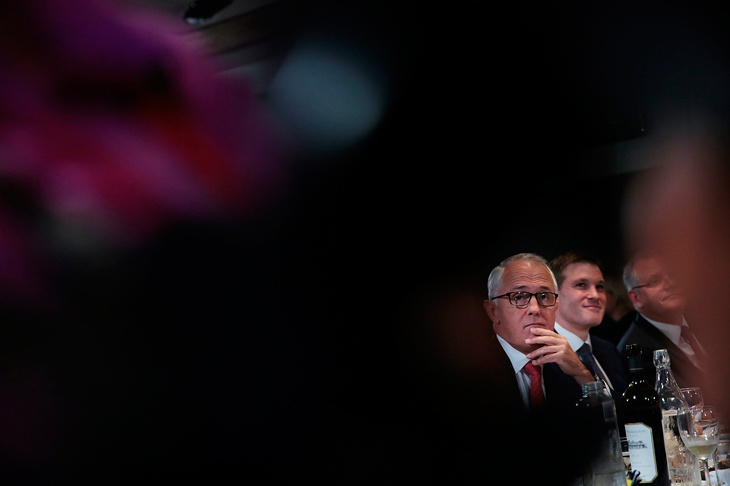

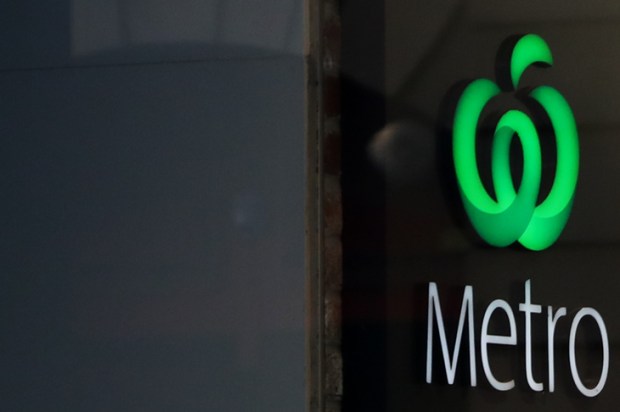
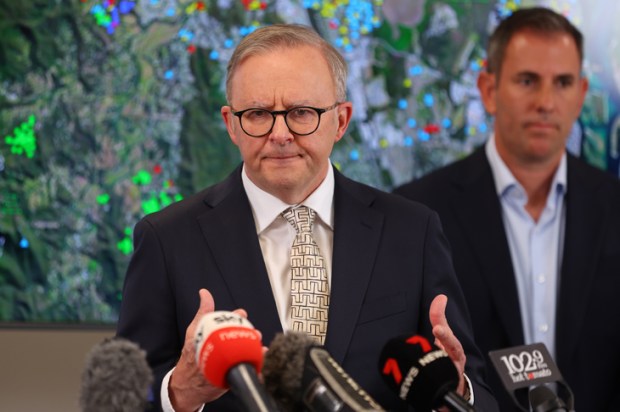
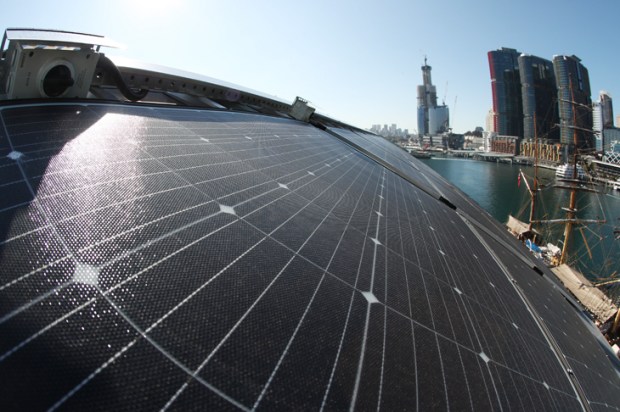

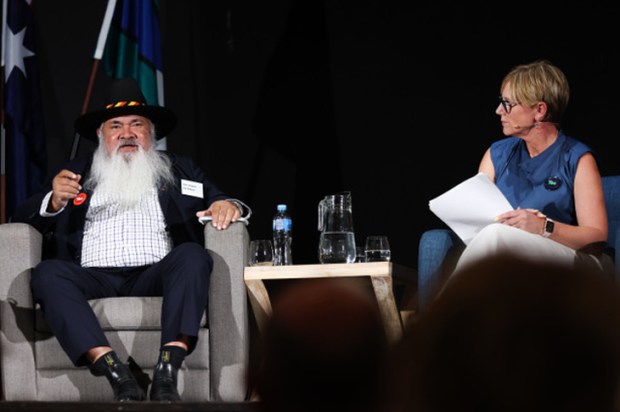






Comments
Don't miss out
Join the conversation with other Spectator Australia readers. Subscribe to leave a comment.
SUBSCRIBEAlready a subscriber? Log in